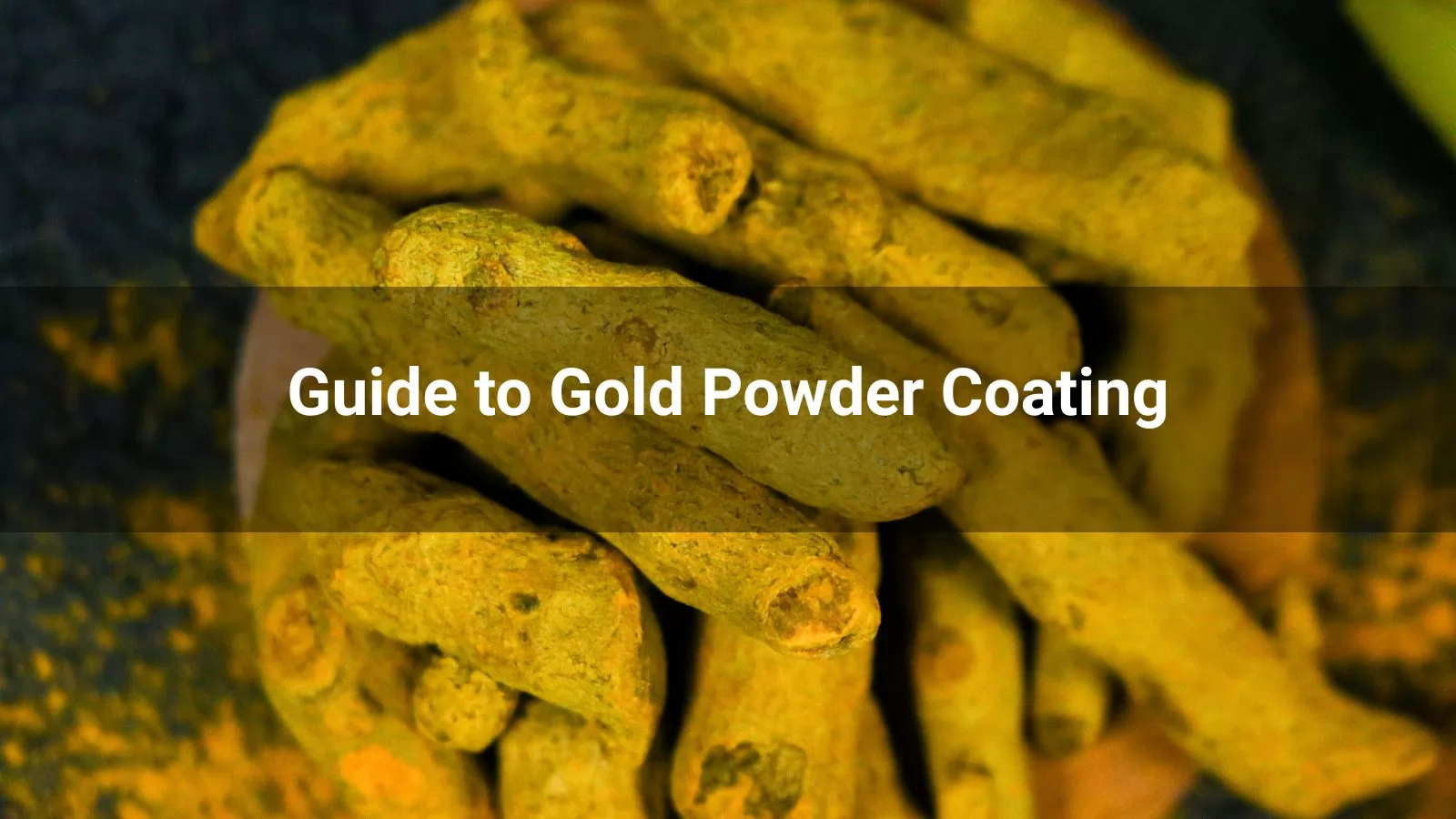
.png)
.png)


-
.png) 0086-757-85407388
0086-757-85407388 -

-
 terrychen@wintoly.com
terrychen@wintoly.com


.png)
.png)


.png)




Gold powder coating is a popular finishing technique that provides a durable, attractive, and metallic gold finish to various surfaces. This guide covers the essentials of gold powder coating, including its benefits, application process, and tips for achieving optimal results.
Gold powder coating is a dry finishing process where finely ground particles of pigment and resin are electrostatically applied to a surface, typically metal, and then cured under heat to form a hard, protective layer. The gold finish offers a luxurious, metallic appearance suitable for both decorative and functional applications.
Gold powder coating is highly durable, resisting chipping, scratching, and fading, which makes it ideal for items subject to heavy wear. It provides a vibrant, metallic gold finish that enhances the visual appeal of products. The coating also offers excellent corrosion resistance, protecting metal surfaces from rust and environmental damage. Additionally, it is an eco-friendly process, producing minimal waste compared to liquid paints and emitting no volatile organic compounds (VOCs). Its versatility allows it to be applied to a wide range of materials, including aluminum, steel, and certain plastics.
Gold powder coating is widely used across various industries. In the automotive sector, it is applied to wheels, trim, and accessories to add a premium look. For furniture, it enhances metal frames, handles, and decorative elements with a luxurious finish. In architecture, it is used for railings, fixtures, and façade elements to combine aesthetics with durability. Additionally, it is popular in consumer goods, such as appliances, jewelry, and electronics casings, where both style and protection are essential.
Surface Preparation: The surface must be thoroughly cleaned to remove dirt, grease, and contaminants. Sandblasting or chemical treatment ensures proper adhesion. A primer may be applied if enhanced corrosion resistance is needed.
Powder Application: An electrostatic spray gun is used to apply the gold powder, which is charged and adheres to the grounded surface. Even coverage is critical, with special attention to corners and edges.
Curing: The coated item is placed in an oven, typically at 350–400°F (175–200°C), for 10–20 minutes. The heat melts the powder, forming a smooth, durable finish.
Cooling and Inspection: After curing, the item is allowed to cool naturally. A thorough inspection ensures uniformity, adhesion, and the absence of defects.
To achieve the best results, select a high-quality gold powder with the desired sheen, such as matte, semi-gloss, or high-gloss. Maintaining a clean, dust-free workspace prevents contamination of the coating. Before coating the final product, perform a test coat on a sample piece to confirm the color and finish meet expectations. Using reliable equipment, such as an electrostatic spray gun and curing oven, ensures consistent results. Safety is also important, so wear protective gear, including masks and gloves, to avoid inhaling powder particles.
The orange peel effect, characterized by a textured surface, can occur due to improper curing or uneven application. To avoid this, ensure the oven temperature is correct and the powder is applied uniformly. Poor adhesion often results from inadequate surface preparation, so thorough cleaning and pre-treatment are essential. Color inconsistency can be prevented by using powder from the same batch and verifying consistent curing conditions.
Gold powder coating is an excellent choice for achieving a luxurious, durable finish on a variety of surfaces. By following proper preparation, application, and curing techniques, you can achieve professional results that enhance both aesthetics and functionality. Whether for automotive parts, furniture, or architectural elements, gold powder coating offers a versatile and long-lasting solution.

 terrychen@wintoly.com
terrychen@wintoly.com
.png) 0086-757-85407388
0086-757-85407388
 6 Chaoyang Rd., National Demonstration Eco-industrialzone, Nanhai, Foshan,Guangdong,China
6 Chaoyang Rd., National Demonstration Eco-industrialzone, Nanhai, Foshan,Guangdong,China

.png)
